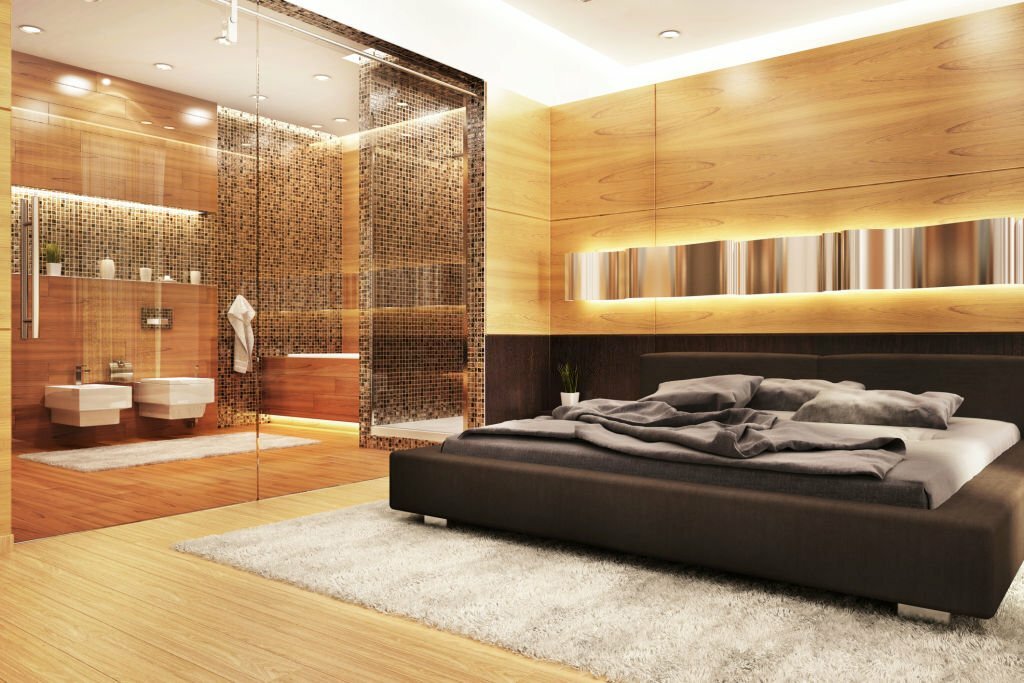Introduction
While LED mirrors bring style and functionality to bathrooms, it's crucial to understand their electrical aspects to ensure safety and compliance. This article provides a comprehensive guide on the electrical considerations and safety measures associated with LED mirrors.
- Understanding LED Technology in Mirrors
LEDs (Light Emitting Diodes) used in mirrors are low-voltage, energy-efficient light sources. They operate on a much lower temperature compared to traditional bulbs, reducing the risk of overheating and making them safer for bathroom use.
- Electrical Wiring Requirements
Most LED mirrors require electrical wiring. This can be direct wiring into the bathroom’s electrical system or a plug-in connection. It's crucial that any electrical work complies with local building codes and regulations.
- Importance of IP Ratings for Safety
The Ingress Protection (IP) rating is vital in determining an LED mirror's safety in wet bathroom environments. A suitable IP rating (typically at least IP44) ensures the mirror is protected against moisture and water splashes, preventing electrical hazards.
- Hiring Qualified Electricians
For the installation of an LED mirror with direct wiring, it's advisable to hire a qualified electrician. Professional installation ensures that the wiring is safe, meets legal standards, and the mirror functions correctly.
- Safe Distance from Water Sources
When installing an LED mirror, maintain a safe distance from water sources like showers and faucets. Adhering to recommended distances reduces the risk of water splashes reaching the electrical components.
- Understanding Voltage and Power Consumption
Check the voltage and power consumption specifications of the LED mirror to ensure compatibility with your home's electrical system. This is important for both safety and energy efficiency.
- Considering Additional Features
Some LED mirrors come with additional features like demister pads, touch sensors, or Bluetooth speakers. Understanding how these features affect the mirror’s overall power consumption and wiring requirements is important for safety.
- Regular Maintenance and Inspections
Regularly inspect your LED mirror for any signs of electrical issues, such as flickering lights or non-functioning features. Promptly addressing any concerns can prevent potential hazards.
- Using GFCI Outlets for Added Safety
In bathrooms, using a Ground Fault Circuit Interrupter (GFCI) outlet for plug-in LED mirrors adds an extra layer of safety. GFCI outlets protect against electrical shock by cutting off power if a fault is detected.
- Staying Informed about Product Recalls
Stay informed about any recalls or safety notices related to your LED mirror. Manufacturers will provide information on how to proceed if your model is affected.
Conclusion
Safety should always be the top priority when it comes to electrical fixtures in the bathroom. By understanding the electrical aspects and safety considerations of LED mirrors, you can enjoy their benefits with peace of mind. Ensure that installation and maintenance are handled correctly and in accordance with safety guidelines. For more information on safe and compliant LED mirrors, visit our website at ledmirrorworld.com.au, where we offer a range of options designed with safety and style in mind.

